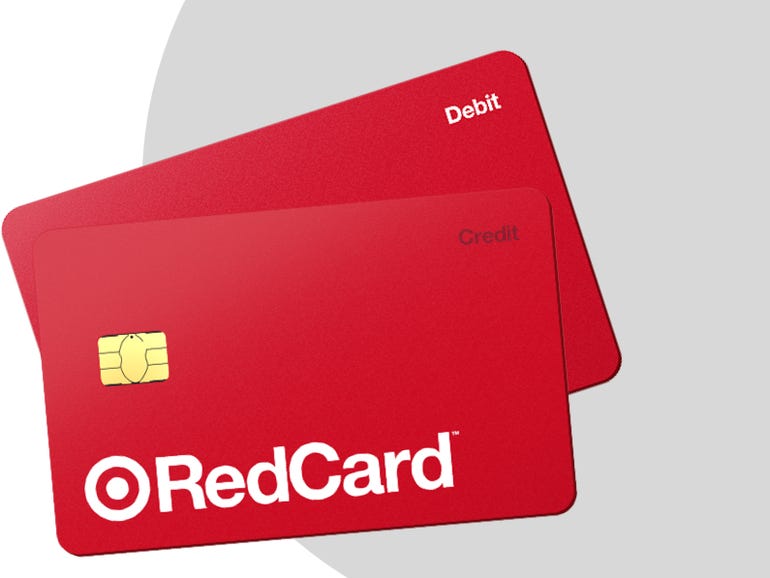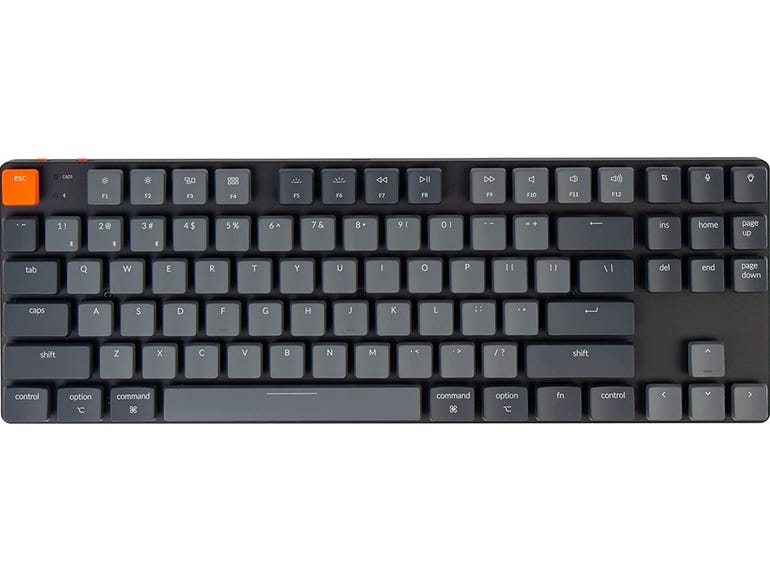Target RedCard review: A credit card for big-box shopping
Whether it’s back to school, off to work or out to play, Target has become one of the favorite destinations for people seeking everyday items. Like most other big-box retailers, the store offers consumers a way to bag some extra savings through its credit card offering, the Target RedCard.
If you’re a frequent Target shopper, either in-store or online, the card’s perks and benefits should hold appeal. Approval for the Target RedCard isn’t restrictive, as applicants with fair credit often qualify.
Also: The best store credit cards
Let’s take a closer look at many of the pros and cons of the Target RedCard.
- 5% discount on purchases (including in-store Starbucks)
- Free 2-day shipping
- Extended returns
- High APR (typical for store cards)
- Can only be used at Target
- No shopping protections
Late Payment Fee Up to $40
The Target RedCard isn’t complicated to use or to benefit from. Use it to cover your Target shopping spree to receive a 5% discount on the bill. However, there are a few purchases that don’t qualify for the discount, like prescriptions, eye exams, and gift cards. But most everything else is fair game.
The 5% discount is the card’s main draw, but it comes with a few more useful perks as well. These include extended returns, free 2-day shipping, and exclusive cardholder-only offers. Target even has an app where cardholders can manage their account and make contactless purchases.
Pros
Cons
Factors to consider
- The card is limited in terms of purchasing power. You can only use the RedCard at physical Target locations or the company’s website.
- Perks and benefits are narrow in scope. You won’t accumulate any points, miles, or cashback that can be redeemed for statement credits, travel, or gift cards.
- If you choose to carry a balance from month to month, the high APR will wipe out any discounts received and have you ultimately paying more than market value for common products.
- The discount doesn’t apply to all departments within Target locations. Products such as prescription medications in pharmacies or gift cards aren’t eligible for the 5% savings.
- Any of the purchase protections afforded to Visa, Mastercard, or Amex cardholders aren’t extended to owners of the RedCard.
- You won’t have much incentive to pick up the RedCard outside of savings from frequent Target shopping. There’s no available welcome bonus, intro APR, or 0% interest balance transfer option.
Card details
The big allure of the Target RedCard is the automatic savings you’ll receive with each swipe, chip-dip, or online purchase. If you’re able to move some of your general spending to Target, like grocery purchases, it’ll be all the more rewarding.
With rewards cards from major issuers, you’ll often witness big bonus incentives in categories such as groceries, but this category is usually capped through spending limits. For example, the Blue Cash Everyday® Card from American Express gives you 3% cashback at U.S. supermarkets up to $6,000 annually and 1% after the limit is reached.
Assume you spend $10,000 per year in grocery stores. With the Blue Cash Everyday Card from American Express, you’d receive $220 in cashback. With the RedCard, that same dollar amount would fetch you $500 in savings. Thus, making Target your primary pantry-stocking destination gives you an advantage over some non-store cards. However, not every Target offers groceries.
Fee details
If incurred, fees can eat into your accrued Target savings amounts. But from the get-go, you won’t pay an annual fee to own the card. Should you make a late payment, it will set you back $40. A returned payment will cost you $29. There is no penalty APR, but the regular purchase APR sits pretty high in contrast to some of the RedCard’s competitors. So, if you plan to carry a balance and pay off the debt over a long time period, any discounts you may have earned will be decimated by interest charges.
It’s a good rule with credit cards to try to pay off your statement balance in full every month in order to avoid interest charges.
How does the RedCard compare to other store credit cards?
You may want to consider other store credit cards when choosing which one best suits your needs. Competing cards from retailers, such as the Capital One Walmart Rewards Mastercard, only offer a bonus cashback reward in the first year on in-store Walmart purchases. After that, the reward only applies to online purchases. The Costco Anywhere Visa Card by Citi will be more difficult to obtain, as it requires an excellent credit score and a Costco membership is required to qualify.
Consider a non-store card instead. Often times, they have a lower APR, better perks, and can be used at more than one location. For example, the Wells Fargo Active Cash Card offers 2% cash back for every purchase, carries no annual fee, features a 0% intro APR for purchases and balance transfers, and comes with Visa Signature protections.
If you’re looking for something with a bit more reward potential, consider the Blue Cash Preferred from American Express. It does have an annual fee of $95 (waived the first year), but it earns 6% cash back at U.S. supermarkets (up to $6,000 spent annually, then 1%) and on select U.S. streaming services. It also earns 3% on gas and transit. Even by spending as little as $2,000 per year on groceries would net cardholders $120 in rewards, more than enough to cover the annual fee. And that’s without taking its other bonus categories into consideration.
[This article was first published on The Simple Dollar in 2020. It was updated in March 2022.]




